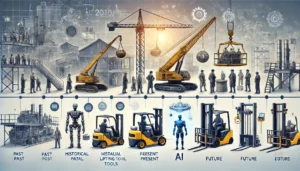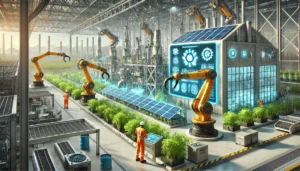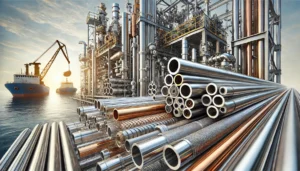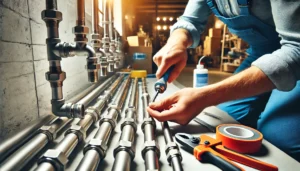The selection of suitable materials for valve and pipe fittings is critical to the design and operation of piping systems for efficiency, safety, and durability. Material selection is crucial since it determines the operation of the system, its lifespan, and its capacity for operational stress. Material selection with respect to these components has several key factors.
1. Compatibility with the Chemical.
Pipe fitting and valve materials should be able to withstand the substances they are meant to convey. Failure of material compatibility will cause chemical reactions which will in turn lead to corrosion, contamination, or deterioration of the entire system. For example, transporting any acidic or alkaline fluid requires resistant core materials like stainless steel or some specific kinds of plastics such as CPVC. To avoid system failures and contamination of the fluids, ensuring chemical compatibility is necessary.
2. Temperature and Pressure Resistance.
Varied temperatures and pressures are a constant in piping system operation. Appropriate materials should be selected based on their ability to withstand these conditions. Carbon steel is suitable for metals used under high pressure, while lower pressure and temperature settings can use materials like PVC. Failure to select appropriate material can lead to a range of departures from overlapping thermal expansion or cracking due to extreme temperature, and even deformation from pressure fixing stress.
3. Mechanical Properties
The mechanical strength of a material describes its response to internal pressures and externally applied physical force. Alloy steels are preferred in high tensile strength environments. Applications requiring certain levels of flexibility may require different materials, such as some plastics. The piping system is both reliable and safe due to its selection based on suitable material mechanical properties.
4. Compliance with regulations and standards
For material selection, standards and regulations are legal requirements. Material properties and their applications are set by the American Society of Mechanical Engineers (ASME) and other trade organizations. These materials remove legal liabilities and boost system reliability since they meet safety, quality, and performance requirements.
5. Economics
Performance is always key but cost is never to be ignored. The materials’ first cost, their supply, and maintenance costs will always be part of the project budget. With its high properties, stainless steel is much more expensive than alternative materials such as PVC. There must always be compromise between performance and budget.
6. Operational and environmental conditions
Environmental worries include severe weather conditions, exposure to UV and marine impacts such as rough conditions as an example of how these factors affect the longevity of materials. For instance, in some coastal regions, materials must be able to withstand the corrosive properties of salt water, thus making alloys such as duplex stainless steel more favorable. Permissible installation, maintenance, and biofouling potential are few other determining factors in the choice of material. Further, placing the correct materials in existing environmental and operational conditions always increases the reliability of the piping system while maintaining lower costs.
Conclusion
Finally, these considerations of pipe fittings and valve material selection is crucial and can determine whether a piping system will succeed or fail. Apart from this, it is important to note that the physical, mechanical, chemical properties of these materials to be used must be taken into cognizant understanding deployment in comparison to operational and environmental components. There are many other factors that must be considered, some of them being compliance and safety as well as proficient and economic factors.










